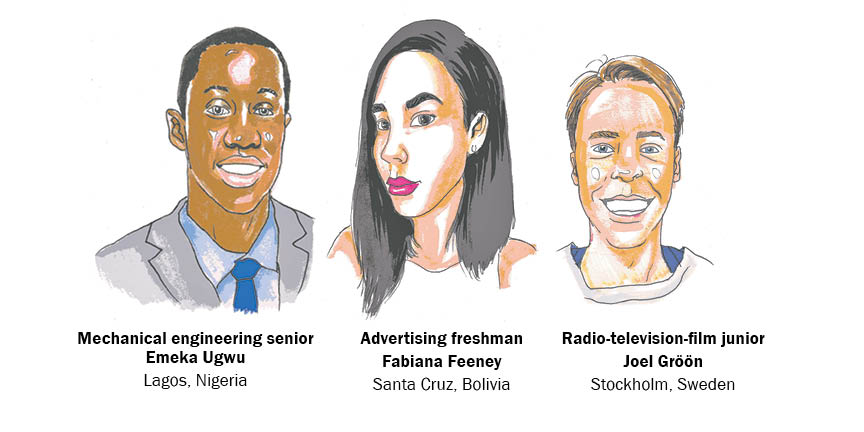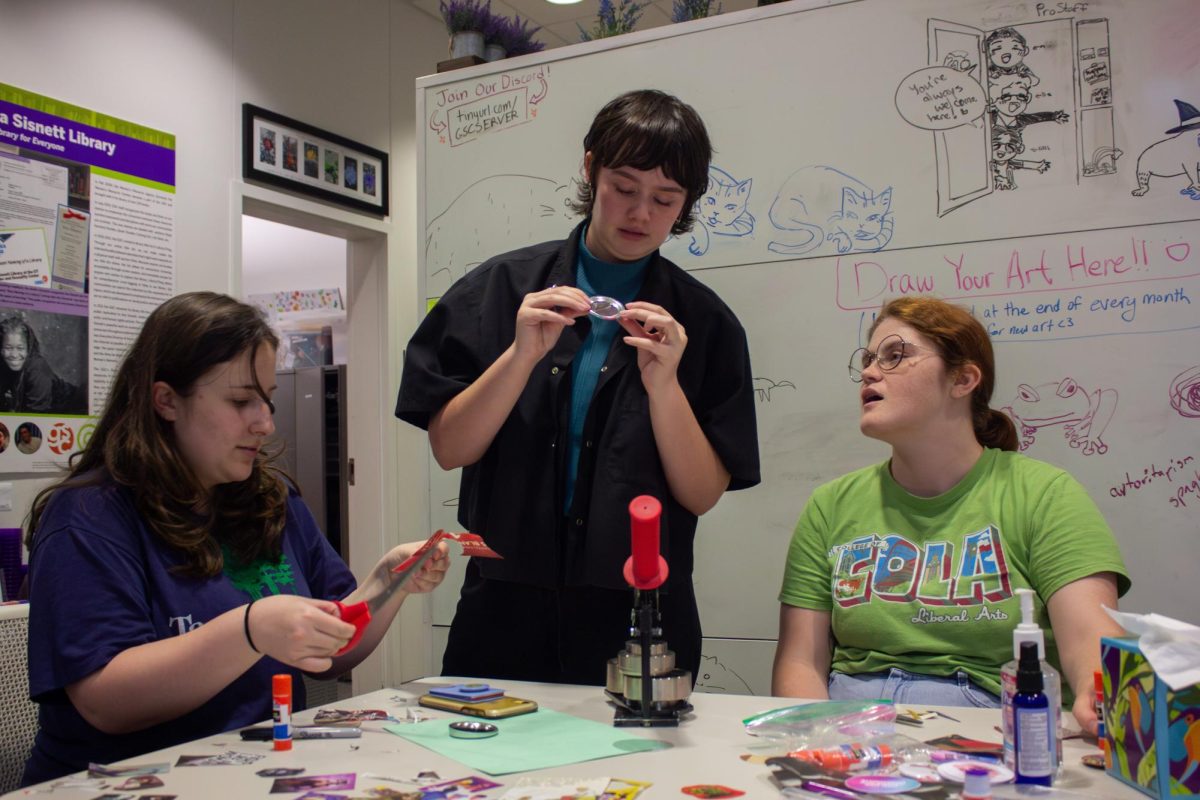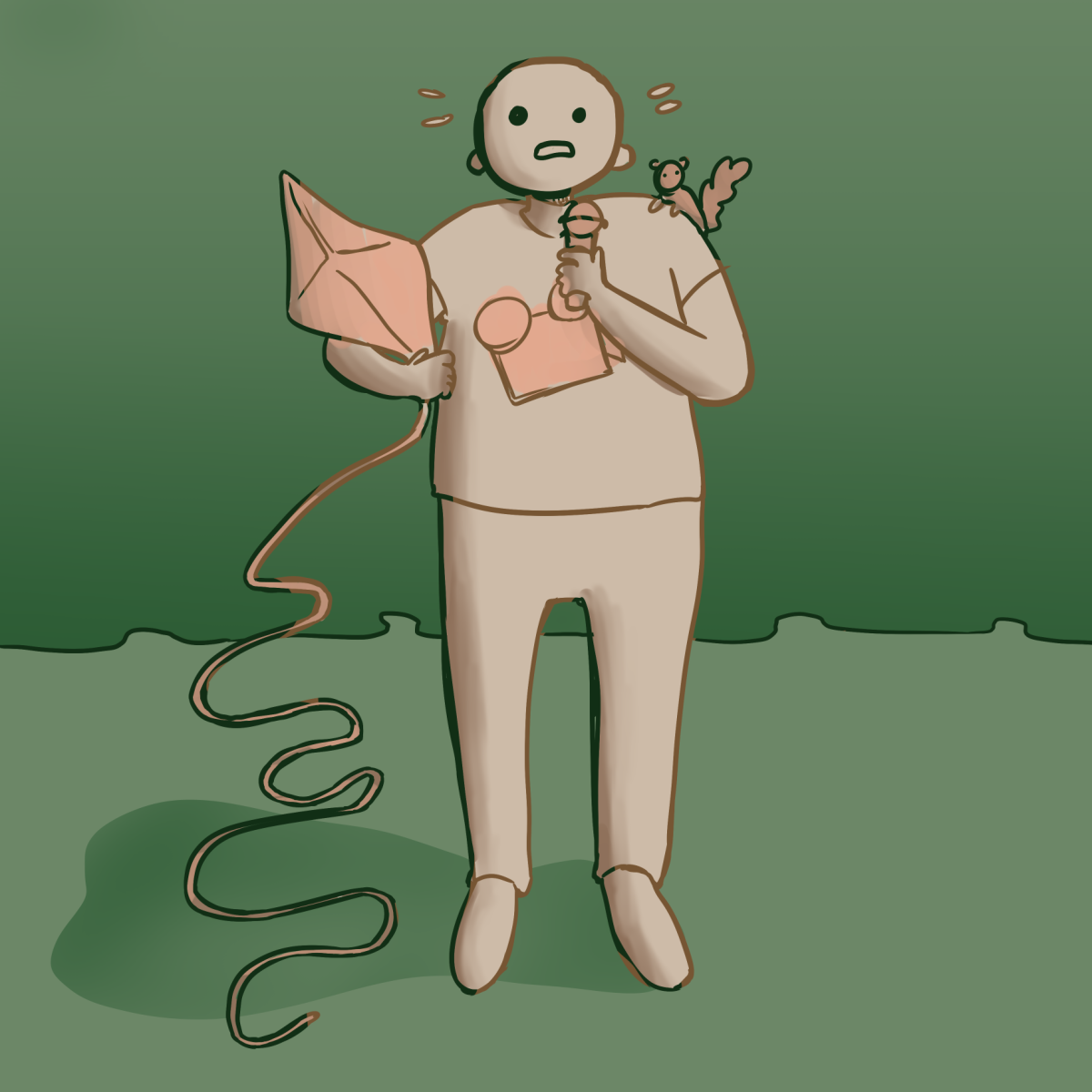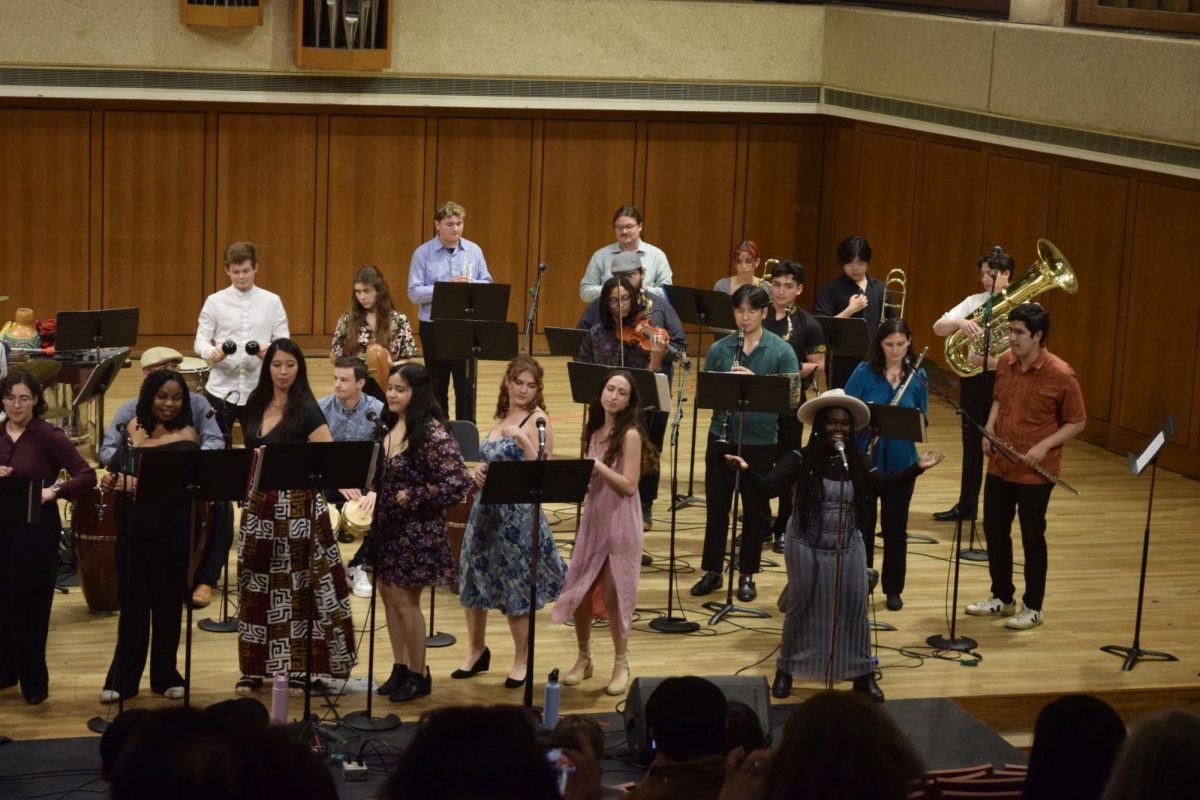Editor's note: This article is part of a package about diversity on campus. Click here to read the other stories.
When mechanical engineering senior Emeka Ugwu first stepped foot on campus in 2011, he had a hard time making friends in his dorm complex, couldn’t sing “The Eyes of Texas” song and didn’t know much about other UT traditions. After moving 6,643 miles from Lagos, Nigeria, to attend UT, he struggled to find his place.
“Most of the organizations don’t have much experience dealing with international students,” Ugwu said. “There’s not really much emphasis on cultural diversity. It’s not really brought up.”
Nine to 10 percent of students on campus have come from countries outside the United States each year since 2011. As an international student, Ugwu said he had a difficult time making connections with American students already attending the school. While the international office hosted field trips and meetings with other international students, Ugwu said he did not make strong connections with other students until joining National Society of Black Engineers his sophomore year.
“Less should be centered on the international office hosting international people and more on integrating the international community with the rest of UT,” Ugwu said. “If you have other actual Americans who grew up here, that would do more in terms of helping integrate national students into the community.”
Radio-television-film junior Joel Gröön said he’s also noticed a lack of connection among members of the international community and UT students. Gröön, who grew up in Stockholm, Sweden, said the fact that international students all attend the same orientation plays a role in the separation.
“It’s hard to branch out,” Gröön said. “You get put in the same room as other international students who also don’t know anybody. You look out the window and see all these Americans already have their community, so of course you’re just going to get to know the people in that room.”
After joining Delta Kappa Alpha, a cinematic fraternity on campus, Gröön said he was able to make friends with students native to the United States.
“If I hadn’t joined, I would still be in the international slump — that’s what they call it,” Gröön said. “It’s nothing bad, but when I came here, I really wanted to get to know Americans and that’s part of why I joined.”
After advertising freshman Fabiana Feeney moved from Santa Cruz, Bolivia, to Austin in August, she said she made a conscious effort to meet new people.
“I could have just come here and stayed with a specific group of people that I was comfortable with,” Feeney said. “I put myself in situations that were awkward sometimes, but that’s how I met a lot of interesting people.”
Ugwu said, as one of the 4 percent of black students on campus, he has not found a lot of diversity on campus during his four years here. According to the UT admissions website, 45 percent of the University consists of white students, followed by Asian students at 23 percent and Hispanic students at 21 percent.
“I think especially for UT’s size and reputation, the diversity is lacking,” Ugwu said. “It is pretty bad in comparison to other schools. I don’t think there’s enough emphasis on actually addressing that.”
Feeney said she can sense more social activism on campus than in her home country. One of Feeney’s first impressions of the University was the removal of the Confederate President Jefferson Davis statue on the Main Mall.
“That to me is a step in the right direction,” Feeney said. “You want to make sure that the students here feel welcome and that they are just as much a part of the university as anyone else.”





















